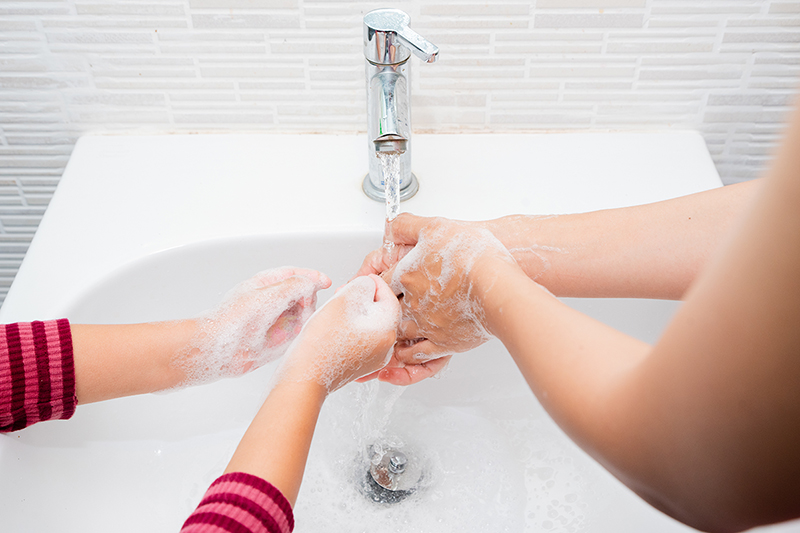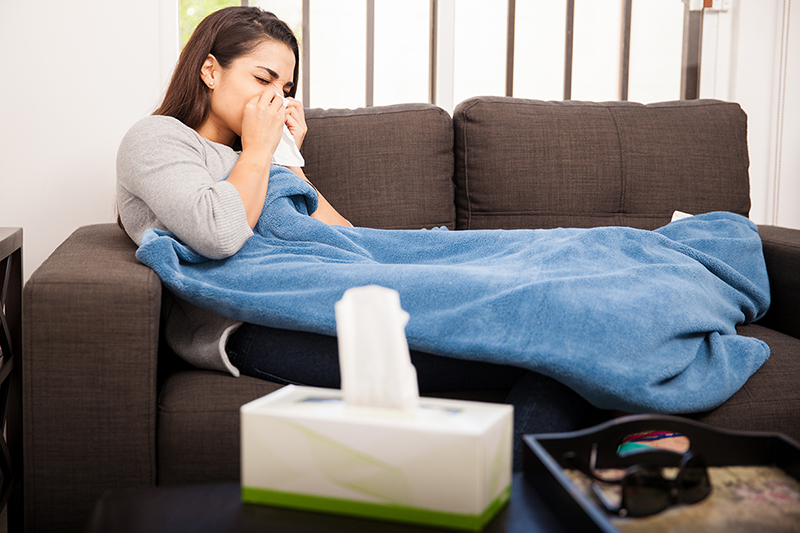The Signs and Symptoms of Suicide
Suicide affects the lives of hundreds of families from the Intermountain West each year.

Know the signs that someone is at risk for suicide and get help if you experience them or see them in someone else. Help is available 24 hours a day.
What are the signs that someone is at risk for suicide?
- The National Suicide Prevention Lifeline lists these signs that someone is at risk:
- Withdrawing from friends, family, or society
- Feeling anxious or agitated, being unable to sleep, or sleeping all the time
- Experiencing dramatic mood changes
- Talking about wanting to hurt or kill one’s self
- Looking for ways to kill one’s self by seeking access to firearms (guns), pills, or other means
- Talking or writing about death, dying, or suicide, when these actions are out of the ordinary for the person
- Feeling hopeless
- Feeling rage or uncontrolled anger—or seeking revenge
- Acting reckless or engaging in risky activities, seemingly without thinking
- Increasing alcohol or drug use
- Seeing no reason for living or having no sense of purpose in life If you notice any of these signs in yourself or someone else, call and get help.
Related: Together We Really Can Prevent Suicide
How do I reduce suicide risk at home?
- To help reduce the risk of self-harm or suicide at home, here are some things to consider:
- Guns are high risk and the leading means of death for suicidal people. Take guns out of the home, and secure them.
- Overdoses are common and can be lethal. Take pain relievers—including prescription medicines, aspirin, Advil, and Tylenol—out of the home. If you must keep them in the home, only keep small quantities or consider locking them in a container.
- Alcohol use or abuse can decrease inhibition and cause people to act more freely on their feelings. Take alcohol out of the home or only keep small quantities.
What do I do after a suicide attempt?
After a suicide attempt, create a safety plan to help prevent another attempt. Remember that no one can guarantee safety. The goal is to reduce the risks and build supports for everyone in the family.
Related: When Worrying Becomes Worrisome
Where can I get help?
If there is a risk of suicide, don’t delay or ignore the situation. Get help right away.
- Call a crisis hotline (see the numbers at right).
- Go to the emergency room if the suicide danger is high.
- Call 911 if someone has been injured in a suicide attempt or if someone has swallowed poison or an overdose of medicine.
In a crisis, you can use these resources:
Lifeline: 800-273 TALK (8255)
A 24-hour, toll-free crisis hotline that links callers to a nearby crisis center www.suicidepreventionlifeline.org
NAMI Utah: 1-801-323-9900 or 877-230-6264
Connects you to local resources namiut.org
Para la PREVENCION de SUICIDIO: 888-628-9454
Infórmate y toma acción preventiva suicidepreventionlifeline.org/Culture/es
Hispanic Community Resource Helpline: 800-473-3003
La Línea Nacional de Ayuda







